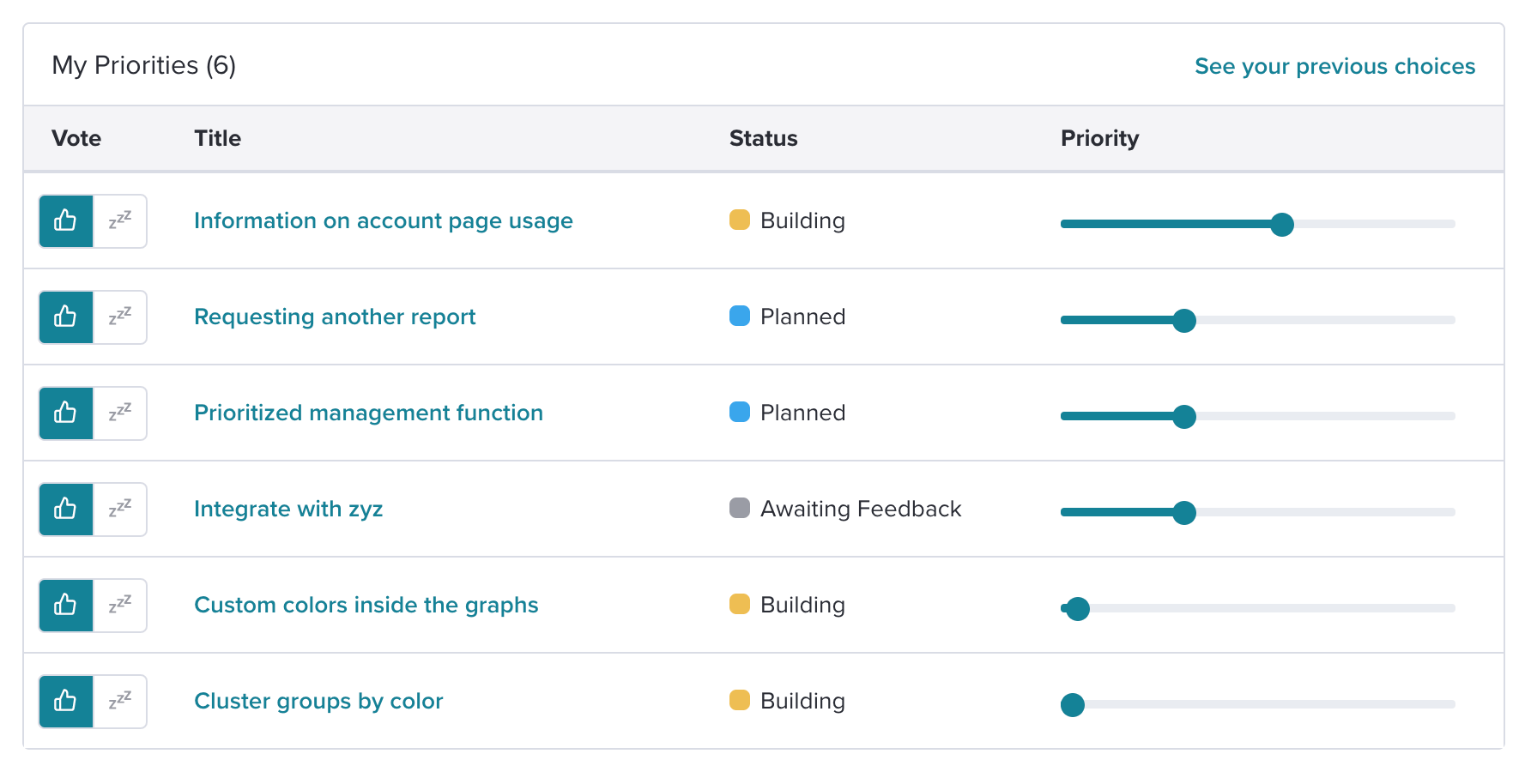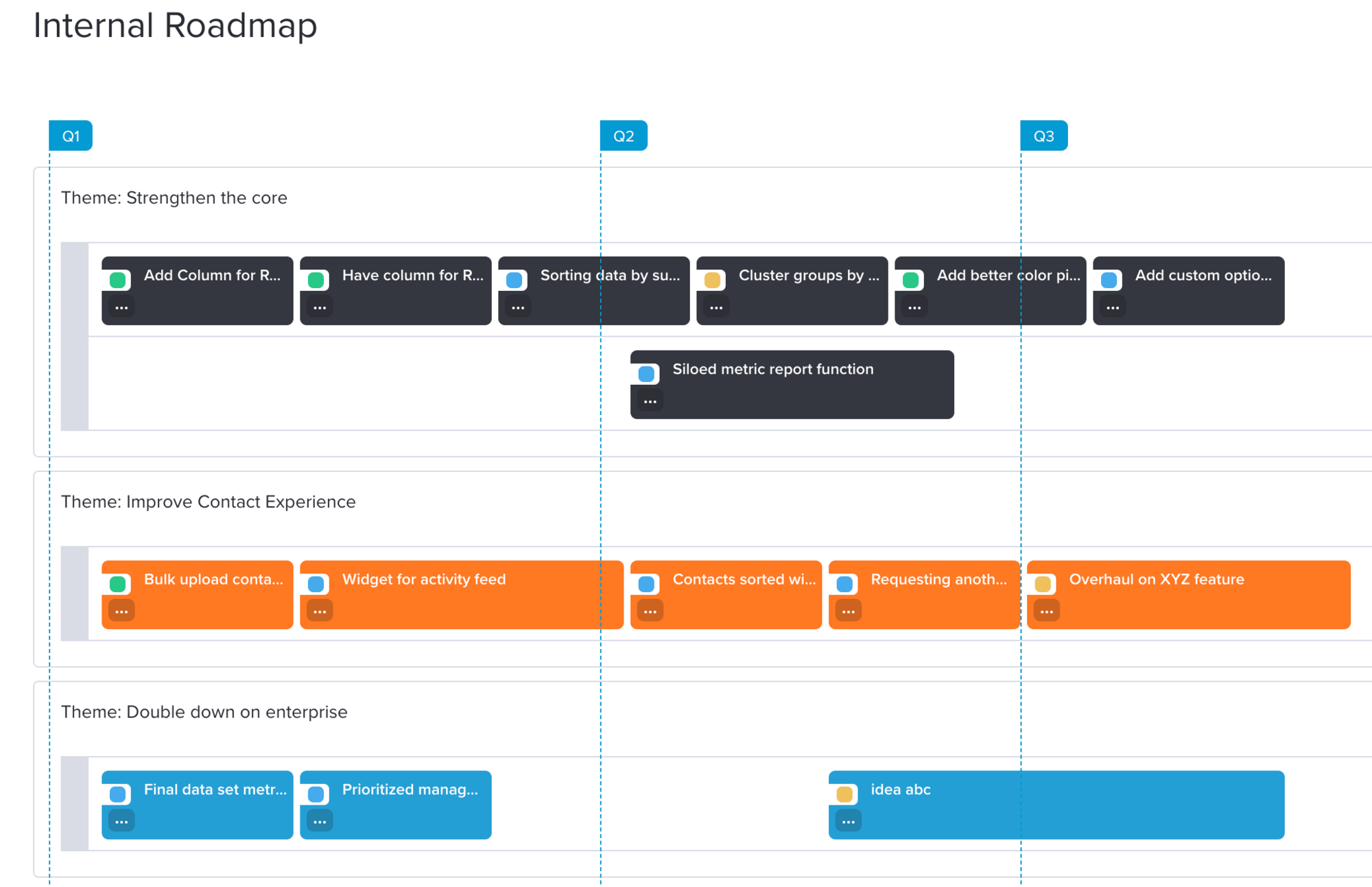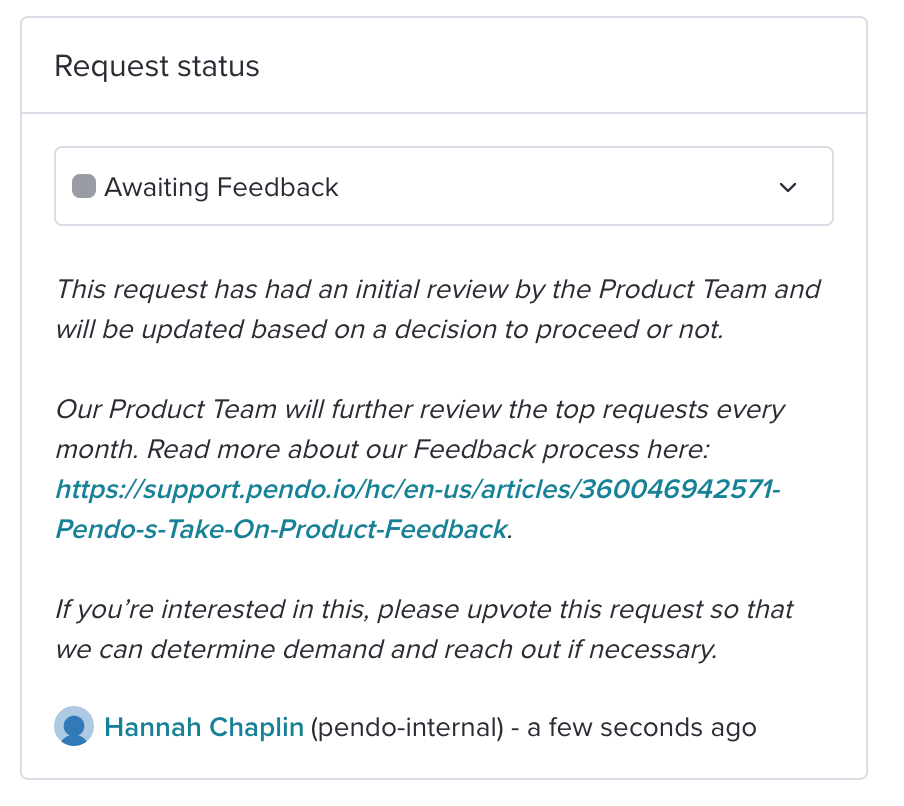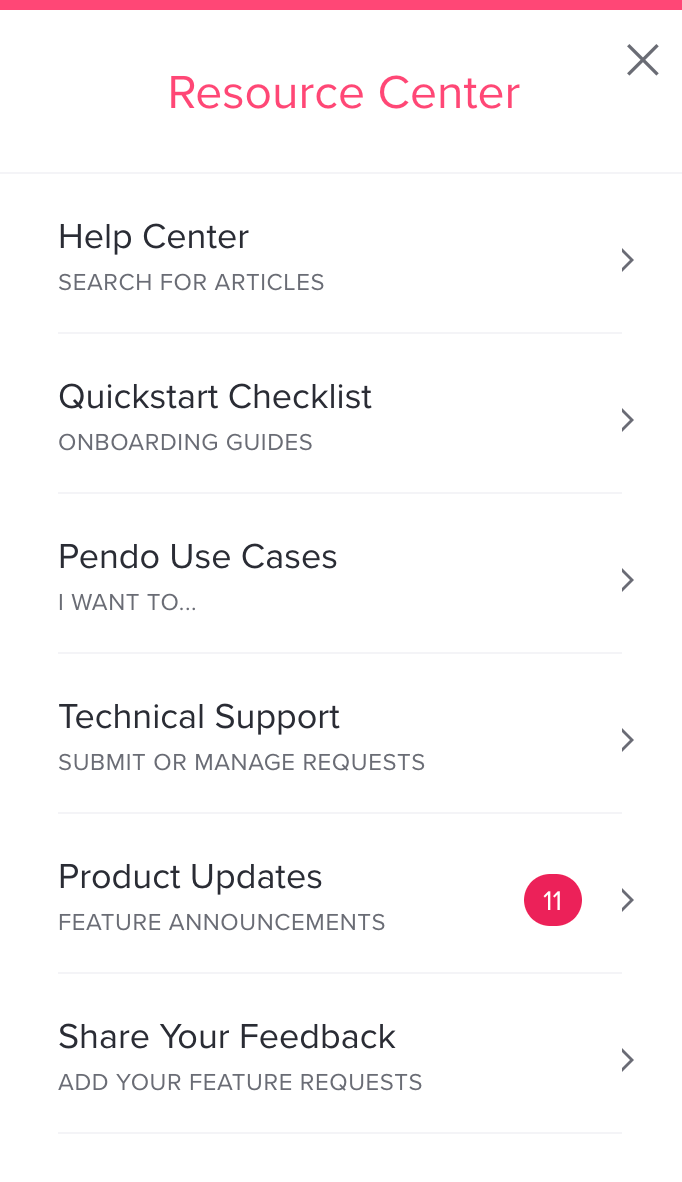A new year is a great time to reflect on how you can create a product roadmap that will positively impact the growth of your business. In our latest webinar, we shared roadmapping best practices and tips to get you ready to make your product decisions really count this year.
One of the biggest takeaways from the session was being thoughtful about the sources of information that drive roadmap decisions. This means considering both high-level strategy and data from a variety of sources. Below, I walk through why roadmapping without a strategy is a recipe for disaster and how to gather data to create roadmaps that work for everyone.
It’s all about the strategy
As you think about your roadmap for the coming year, the first thing to do is ensure that you and your product teams understand your company goals. If you don’t know how your product roadmap needs to support the company, you can’t make good decisions. Understanding strategy gives you a framework to operate within and ultimately leads to more impactful product decisions that are felt across the organization.
Before you start thinking about which features and improvements make it onto the roadmap, answer the following questions and get them documented:
- What are your annual company goals?
- How does your product strategy align with the company goals?
- How are you going to present your roadmap in a way that shows the impact on company goals?
Going through this simple exercise will help you better frame product discussions and ensure that teams are aligned towards common objectives. At Pendo, we present our product roadmaps in “streams” of work that tie directly back to company initiatives. This is a very powerful communication tool, especially in leadership meetings where at a glance, everyone can visually understand how the product is going to support the business.
There will always be projects that have to happen and customer commitments that need to be me. Separating those out under a theme allows our product teams to communicate where we are spending time and facilitates healthy discussion around trade-offs.
In the example above, you can see that each “theme” is a company initiative and the projects within each theme are improvements and features that directly support the agreed upon goal. We keep track of our internal roadmaps with Pendo Feedback, giving us a single place for all product feedback and updates.
Roadmaps are easy–deciding what to put on them is not
As product managers, it’s easy to feel overwhelmed by product requests coming at us from all angles. Customer success teams cry out for features to help their customers, sales teams ask for “one more change” to get a deal over the line, and then there’s the support tickets and feature requests we receive from customers on a daily basis.
However, when you stop and think about it, there are actually only three data sources that should inform the roadmap.
1. Voice of the customer
Customers use your products day in and day out, so they have a very unique view that can help you improve what you already have (as product managers, we almost know too much). Capturing product usage data and user feedback helps us understand how customers are using the product, plus what they say and how they feel about it. Combining qualitative and quantitative data is an invaluable source of information for product teams.
Despite the clear power of the voice of the customer, collecting their feedback does not mean you should build everything they ask for. The skill we have as PMs is in taking customer requests and using that information to design great solutions. So, don’t be afraid to capture feedback at scale–it’s one of your greatest sources of inspiration (and validation) for your product roadmap.
2. Internal teams
While all internal teams that help develop company and product strategy are useful resources, product managers should look to customer success in particular for data to inform the roadmap. Customer success teams have a unique perspective, since they essentially sit in the middle of the product team and customers.
To take advantage of their knowledge, create a channel for sharing product feedback and allow customer success team members to submit product requests on behalf of customers. This will not only allow you to capture important data, but it will also strengthen relationships between the two teams and help customer success better communicate with customers.
3. The market
The final source of roadmap data is the market. It’s always important to look at wider market trends and competitors, but we should also capture specific product feedback from our prospects. Just like customers and internal teams, prospective buyers offer another unique lens on our products. But while prospects can help us uncover new and evolving market problems, be sure to handle these with care. Very often, prospects will make requests during the sales cycles, but you never hear them once they are up and running.
By approaching product decisions this way, you’ll be able to think through the full picture. When you get product requests that customers, internal teams, and prospects are interested in, take it as a sign to learn more about the problem that needs to be solved. And if you’re able to align the request with your company’s overall strategy, that’s when the magic really starts to happen.
Capturing product feedback at scale
Since product feedback is so valuable, it’s important to ensure you have the right processes and tactics in place to capture it. There are two main tactics for capturing product feedback at scale. The first is to create a Product Feedback Policy, which is a document that outlines:
- How customers and teams can submit feedback to the product team
- How the product teams use the information you provide to them
- How updates are communicated back
At Pendo, we have our Feedback Policy available on our help site and it’s also included in the response that is sent out when we receive a new feedback request. This helps take pressure off of the product team and sets expectations early. (You can learn more and get a free Product Feedback Policy template here.)
The second tactic is to create a single place where all usage data and product feedback lives. At Pendo, we have a central location where our customers and internal teams can submit feedback requests using our Feedback product. This is part of our Resource Center within our products so customers can access all help, technical support, guides, and feedback in one place.
Pendo Feedback captures all feedback data and it also closes the communication loop; customers and teams see exactly what is in development, what is planned, and what we have already released. They can also see the status of their own requests, saving hours of communication time for our teams.

If you want help thinking about your strategy and the sources of data that will inform your roadmap, grab our free worksheet to get started. Happy roadmapping!
Want to watch the full webinar? Check out the recording here:



![[object Object]](https://cdn.builder.io/api/v1/image/assets%2F6a96e08774184353b3aa88032e406411%2F39f3ccde352b460cbf348ccc952054cd?format=webp)



